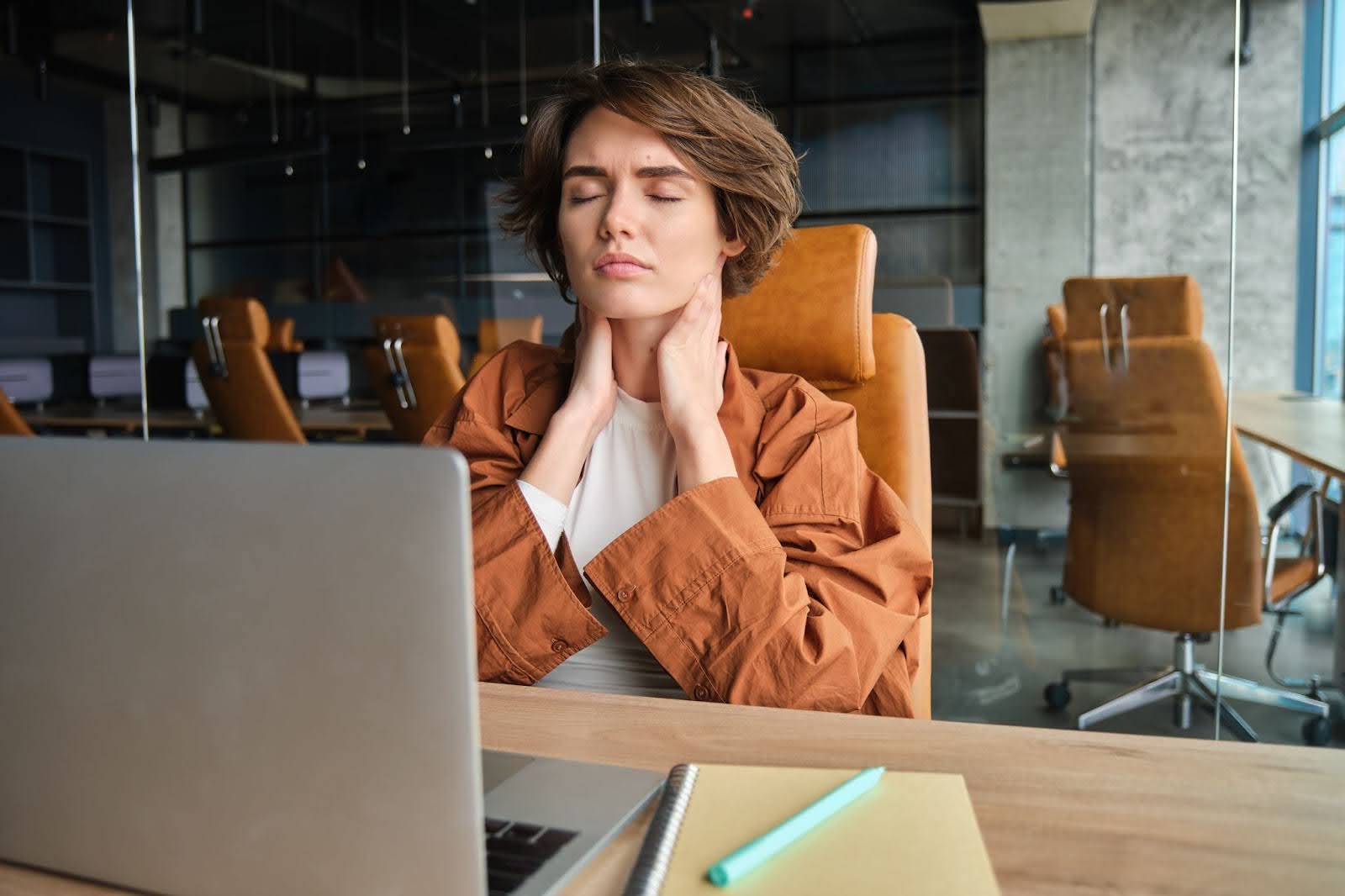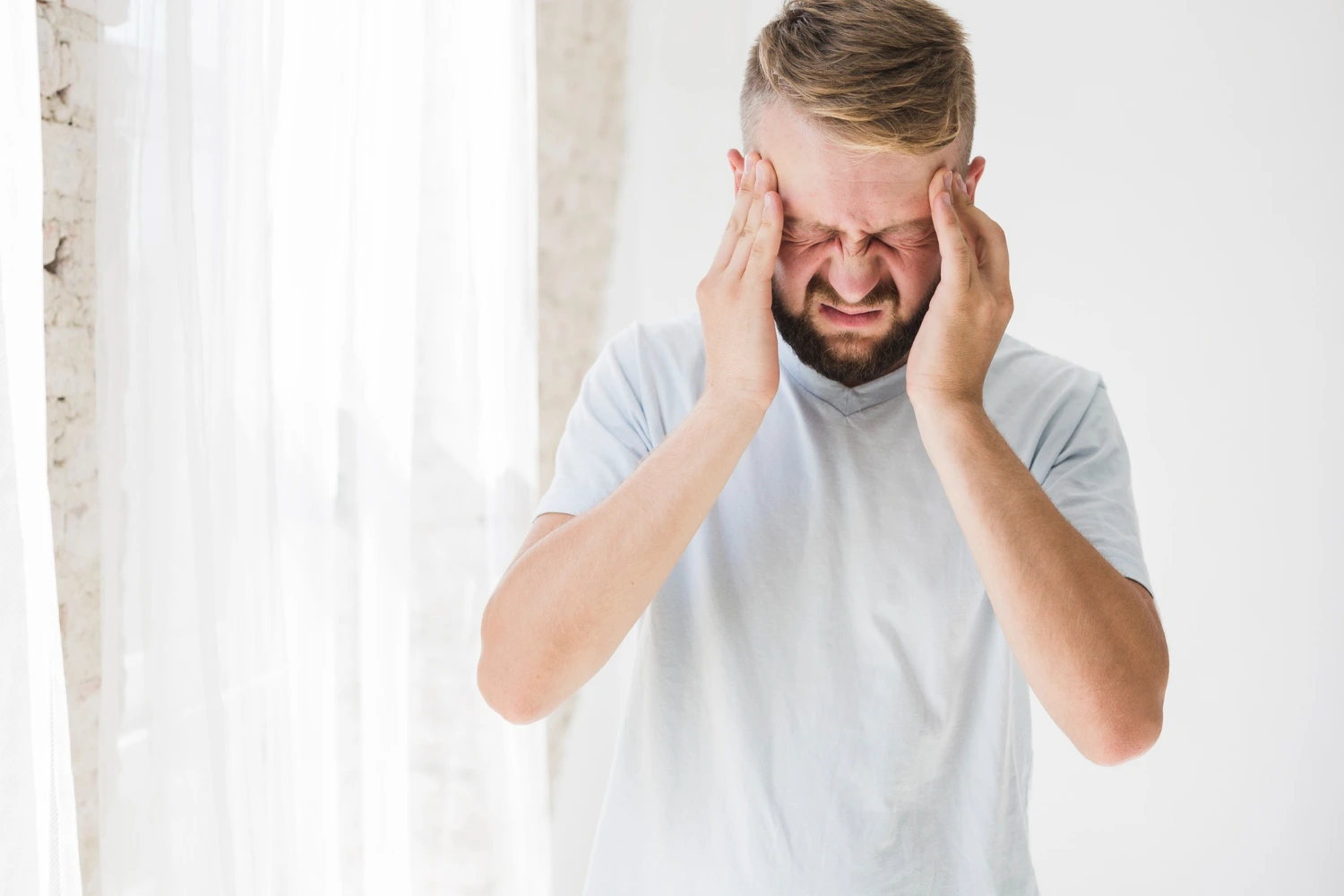The right back pain treatment depends on what’s causing the pain and how severe it is. Some cases respond well to rest, exercise, or lifestyle changes, while others require back pain medication, therapy, or even surgery. Understanding your options helps you take the right steps toward relief and long-term recovery.
Back Pain Diagnosis Before Treatment
Accurate back pain diagnosis is the foundation of effective treatment. Doctors evaluate symptoms through a combination of exams and tests.
- Physical and neurological exams: These assess posture, strength, flexibility, and reflexes. Neurological checks also reveal whether nerves are compressed.[2]
- Imaging tests: X-rays show bone damage, while MRI and CT scans highlight herniated discs or spinal stenosis. These tools are often used when conservative back pain care fails.[3]
- Blood and nerve studies: Blood tests detect infections or inflammatory causes. Electromyography and nerve conduction studies identify nerve compression or damage.[4]
Can Back Pain Heal Without Treatment?
Yes, around 40% to 90% of people with acute low back pain recover within six weeks [1]. Rest, light activity, and avoiding strain are often enough. However, ignoring persistent pain can worsen underlying conditions, so medical advice is important if symptoms last longer than a few weeks.
Recovery Time for Chronic Back Pain
Chronic back pain often requires ongoing back pain management. Recovery time depends on the cause, lifestyle, and adherence to therapy. Some people improve in months with rehabilitation, while others need long-term strategies.[5]
Moore MyoWorx Back Pain Therapy and Rehabilitation
Rehabilitation is key in treating back pain. Moore MyoWorx offers an evidence-based program combining hands-on therapy, neuromuscular retraining, and corrective exercises. This approach goes beyond temporary relief by addressing muscle imbalances, nerve sensitivity, and postural strain.
The TM20 device, used at Moore MyoWorx, delivers targeted neuromuscular stimulation to relax tight muscles and restore balance between nerves and muscle groups. This accelerates recovery in both acute and chronic cases and helps with severe back pain relief where standard therapies may fall short.
Rehabilitation plans may include:
- Targeted exercises for posture correction.
- Manual therapy to reduce muscle tightness.
- Neuromuscular retraining with the TM20 device to restore normal muscle firing patterns.
- Lifestyle guidance to reduce strain on the spine.
This kind of structured back pain therapy treatment not only provides backache relief but also reduces the risk of recurrence.
Back Pain Medicine For Fast Relief
Medication for back pain is often used to manage symptoms while other therapies take effect. Options include:
- Over-the-counter back pain meds: Ibuprofen and acetaminophen provide short-term pain relief for back pain.
- Muscle relaxants: Prescribed for spasms, especially in acute cases.
- Prescription medication for back pain: Stronger analgesics or opioids may be used for treatment for severe back pain, but only under strict supervision.
- Anti-inflammatories and corticosteroids: For inflammatory causes or nerve-related pain.
- Nerve-related back pain medication: Antidepressants and anticonvulsants are sometimes used when nerve pain persists.
- Topical treatments: Creams and patches give targeted relief for mild cases.
Warnings About Long-Term Use of Medicine for Back Pain
Chronic reliance on back pain meds or opioids can lead to tolerance and side effects. Doctors recommend combining back pain medication with therapies like neuromuscular therapy. For many patients, non-drug back pain solutions such as yoga, cognitive behavioral therapy, or physical conditioning are safer long-term strategies.[7]
Surgical Back Pain Treatment Options
Surgery is considered only when non-invasive severe back pain treatment fails or when there is structural damage threatening nerve function.
When surgery is needed: Herniated discs causing severe sciatica, spinal stenosis narrowing the canal, fractures from osteoporosis, tumors, or spinal instability.
Types of back pain procedures:
- Discectomy: Removing part of a herniated disc pressing on a nerve.
- Laminectomy: Removing part of the vertebra to relieve pressure.
- Spinal fusion: Stabilizing the spine by joining vertebrae.
- Minimally invasive surgery: Smaller incisions and faster recovery, increasingly preferred for acute back pain treatment not improving with conservative care.
Surgery depends on the diagnosis. Structural spine issues may require it, while muscular or inflammatory causes rarely do.[8]
Alternative Back Pain Treatment
Some patients benefit from complementary methods alongside conventional treatment.
- Acupuncture and chiropractic care: May provide additional relief when guided by licensed professionals.
- Yoga, stretching, and pilates: Useful for flexibility, posture, and back pain therapy.
- Massage therapy: Helps reduce muscular tension contributing to pain.
- Cognitive behavioral therapy (CBT): Evidence shows CBT reduces mental stress and perception of pain.
- TENS (transcutaneous electrical nerve stimulation): Small electrical impulses reduce pain perception.
These alternatives can support back pain management but should not replace medical treatment for serious conditions.
Treatment for Back Pain at Home
Home care remains one of the most accessible back pain solutions.
- Heat and ice therapy: Ice reduces inflammation in the first 48 hours of an acute injury; heat relaxes muscles afterward.
- Gentle activity: Avoid long bed rest. Short walks and light stretching encourage healing.
- Ergonomic adjustments: Supportive chairs, proper desk setups, and good posture prevent strain.
- Supplements and nutrition: Anti-inflammatory diets with omega-3s, vitamin D, and calcium strengthen bones and reduce inflammation.
- What to take for back pain at home: OTC NSAIDs or acetaminophen remain the first line.
Knowing how to help with back pain daily can speed recovery and reduce dependence on medication.
Preventing Back Pain Recurrence
Back pain care doesn’t stop once symptoms improve. Prevention ensures long-term results:
- Healthy lifestyle: Maintain weight, stay physically active, and avoid smoking.
- Posture training: Avoid slouching, keep monitors at eye level, and adjust car seats for support.
- Core and back strengthening: Planks, bridges, and stability ball work provide lasting pain management for back pain.
- Safe lifting techniques: Bend at the knees, not the waist, to protect the spine.
- Stress management: High stress increases muscle tension; mindfulness and relaxation lower recurrence risk.
- Regular checkups: For people with chronic conditions like arthritis, monitoring spine health reduces risks.
These strategies add to back pain prevention solutions beyond exercise alone.
Preparing for a Doctor Visit
Before meeting a specialist, prepare details that make diagnosis smoother.
Bring a timeline of your symptoms, medications you’re taking, a record of what makes pain better or worse, and any previous test results or imaging.. Ask questions such as:
- What is the likely cause of my pain?
- What are my options for backache treatment?
- Are there side effects to back pain medication?
- Which back procedures for pain are recommended if conservative care fails?
This preparation ensures you and your doctor create a safe, effective, and personalized back pain management plan.
Start Back Pain Treatment Today
Living with ongoing back pain is exhausting, but you don’t have to accept it as permanent. There are many back pain solutions available, from lifestyle changes and neuromuscular therapy to medications and minimally invasive procedures.
No single method works for everyone. But by combining safe back pain therapy treatment, back pain medication, and preventive measures, you can regain control of your health. Don’t delay, consult with a back pain specialist and begin your back pain treatment journey today.
References
- Wikipedia: “Can Back Pain Heal Without Treatment?”
- Johns Hopkins Medicine: “Physical and neurological exams”
- National Library of Medicine (PMC): “Imaging tests”
- MedlinePlus: “Blood and nerve studies”
- NIAMS – National Institute of Arthritis and Musculoskeletal and Skin Diseases: “Recovery Time for Chronic Back Pain”
- MedlinePlus: “Back Pain Medicine For Fast Relief”
- MedlinePlus: “Warnings About Long-Term Use of Medicine for Back Pain”
- National Library of Medicine (PMC): “Surgical Back Pain Treatment Options”
- National Library of Medicine (PMC): “Alternative Back Pain Treatment”
- MedlinePlus: “Treatment for Back Pain at Home”
- Myacare: “Preparing for a Doctor Visit”
- National Library of Medicine (PMC): “Systemic corticosteroids for radicular and non‐radicular low back pain”.




